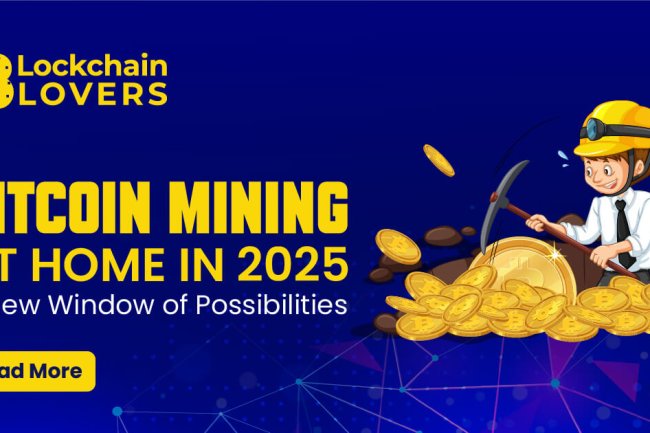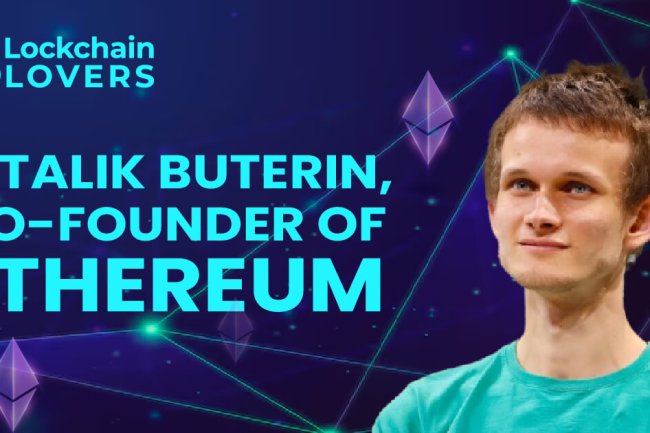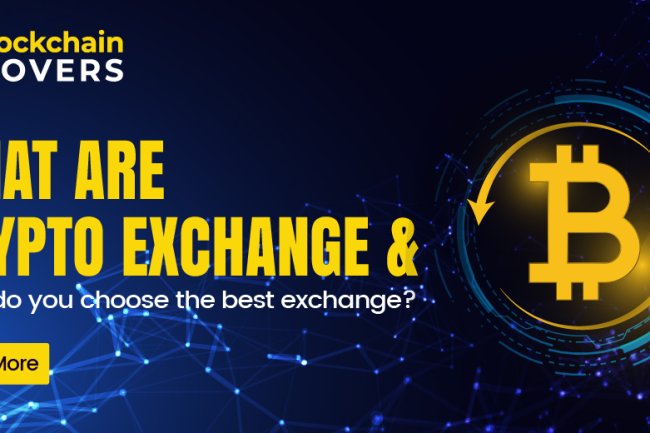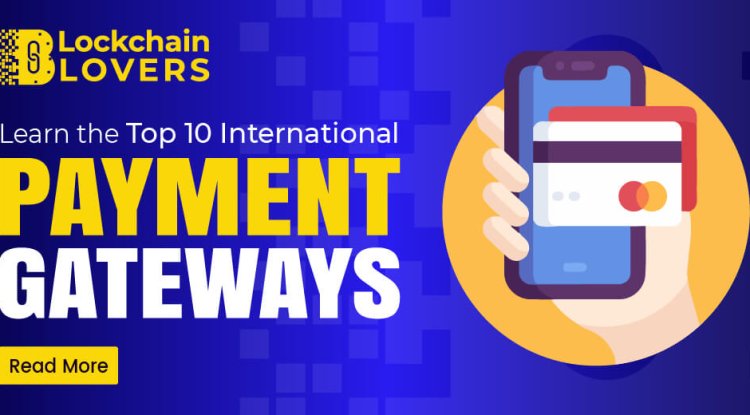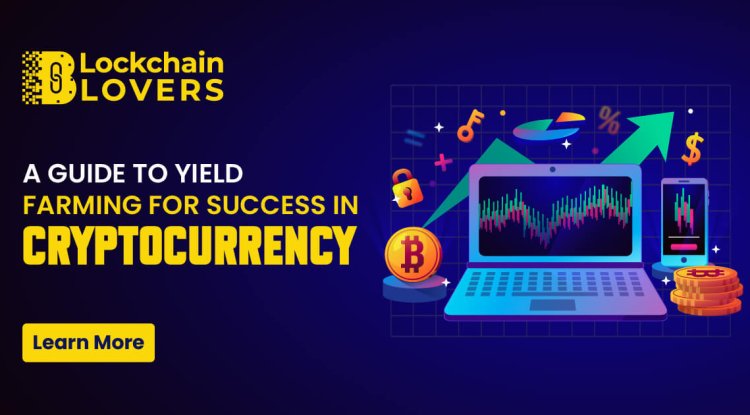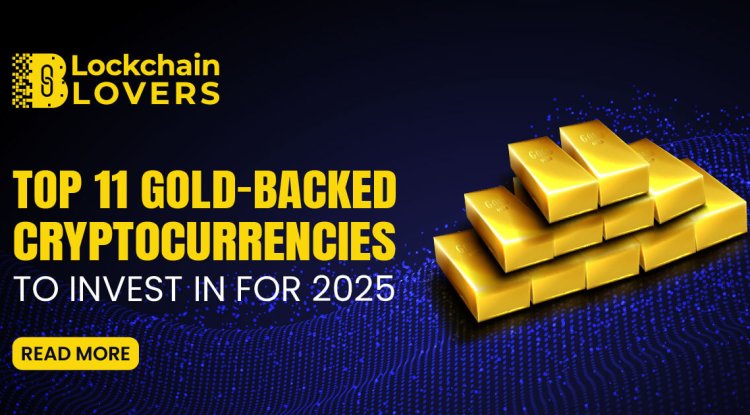Let's know about Virtual coin VRC
Virtual Coin (VRC) is designed to address the limitations of existing blockchain architectures.
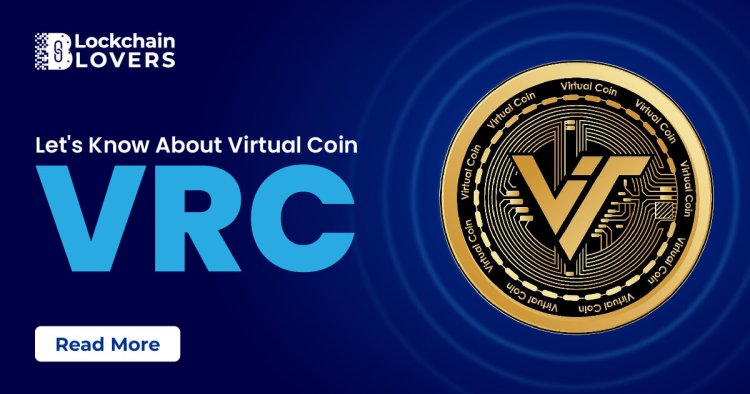
Blockchain technology, ever since its inception, has been at the forefront of technological innovation, providing a decentralized and secure method for transactions and data management. Among the various consensus mechanisms, Proof of Work (PoW) has been the most prominent. However, despite its widespread use, PoW suffers from issues related to extensibility, scalability, and high energy consumption. In light of these challenges, this paper proposes a new blockchain architecture focusing on a more efficient and scalable consensus mechanism. Introducing Virtual Coin (VRC), an open-source public blockchain platform that supports smart contracts and is compatible with Ethereum. VRC offers a seamless migration path for Ethereum smart contracts with minimal modifications.
Virtual Coin (VRC) Overview
Virtual Coin (VRC) is designed to address the limitations of existing blockchain architectures. By separating the concepts of canonicality and validity, VRC aims to enhance both scalability and extensibility. VRC supports a complete development environment for Solidity developers, integrating functionalities for Metaverse, DeFi, Web3 payments, and especially the gaming industry.
Consensus Mechanism
The core of any blockchain is its consensus mechanism, which ensures agreement on the validity of transactions among participants. Traditional blockchains like Bitcoin use PoW, where miners solve complex mathematical problems to validate transactions. This method, while secure, is extremely energy-intensive and lacks scalability.
Virtual Coin (VRC) employs a Proof of Stake (PoS) consensus mechanism. Unlike PoW, where computational power determines mining capability, PoS relies on the amount of cryptocurrency held by validators. This method not only reduces energy consumption but also enhances security and scalability.
Efficient Consensus Mechanism
Virtual Coin (VRC) Scan, the blockchain's verification system, utilizes PoS, making it significantly more energy-efficient than traditional PoW systems. This efficiency is achieved by eliminating the need for resource-intensive mining processes. Validators in a PoS system are chosen based on the number of tokens they hold and are willing to "stake" as collateral. This ensures that the network remains secure while consuming less energy.
Enhanced Security
The PoS mechanism enhances security by making attacks economically unfeasible. To compromise the network, an attacker would need to acquire a majority of the tokens, which would be prohibitively expensive. This economic deterrent ensures that malicious activities are significantly reduced, making the blockchain more secure.
Scalability
Virtual Coin (VRC) Scan addresses this by enabling faster transaction processing times and a higher transaction capacity. Unlike PoW-based networks that slow down as the number of transactions increases, VRC's PoS system scales efficiently, handling increased demand without compromising performance.
Incentivized Participation
To maintain a healthy and active blockchain ecosystem, Virtual Coin (VRC) Scan incentivizes participation. Users who stake their tokens to become validators are rewarded for their efforts. This not only secures the network but also encourages more users to participate, fostering a robust community of validators and stakeholders.
Broad Application Spectrum
Virtual Coin (VRC) Scan's flexible infrastructure allows it to support a wide range of applications. From financial services and supply chain management to gaming and beyond, VRC is positioned as a versatile tool in the rapidly evolving landscape of decentralized technologies. This broad applicability ensures that VRC can meet the needs of various industries, driving innovation and adoption.
Addressing the Byzantine Generals Problem
One of the fundamental challenges in distributed systems is the Byzantine Generals Problem, which describes the difficulty of achieving consensus in the presence of faulty or malicious actors. Blockchain technology, through its consensus mechanisms, provides a solution to this problem. Virtual Coin (VRC) Scan's PoS algorithm is particularly effective in this regard. By requiring validators to stake tokens, it ensures that all participants have a financial incentive to act honestly. This economic alignment reduces the likelihood of malicious behavior and enhances the overall reliability of the network.
Compatibility with Ethereum
A significant advantage of Virtual Coin (VRC) is its compatibility with Ethereum. Developers can migrate their Ethereum smart contracts to VRC with little to no modifications. This compatibility opens up a plethora of opportunities for developers who are already familiar with Ethereum's ecosystem, making it easier for them to transition to VRC. It also means that existing Ethereum applications can leverage VRC's enhanced scalability and efficiency.
Innovation in Gaming and DeFi
Virtual Coin (VRC) places a strong emphasis on the gaming industry and decentralized finance (DeFi). The platform provides a robust environment for developing and deploying gaming applications, offering features tailored to the needs of game developers. In the DeFi space, VRC supports a range of financial instruments and services, enabling users to create, manage, and trade financial products on a decentralized platform. This focus on gaming and DeFi positions VRC at the cutting edge of blockchain innovation.
Future Prospects
The future of blockchain technology lies in its ability to evolve and adapt to new challenges. Virtual Coin (VRC) Scan, with its PoS consensus mechanism, enhanced security, scalability, and broad application spectrum, is well-positioned to lead this evolution. As more industries recognize the benefits of decentralized technologies, VRC's innovative approach will likely drive increased adoption and development.
Conclusion
In conclusion, Virtual Coin (VRC) represents a significant advancement in blockchain technology. By addressing the limitations of traditional PoW systems and offering a more efficient and scalable solution, VRC sets the stage for the next generation of decentralized applications. Its compatibility with Ethereum, focus on gaming and DeFi, and commitment to security and scalability make it a formidable player in the blockchain space. As the demand for decentralized solutions continues to grow, Virtual Coin (VRC) is poised to meet these challenges head-on, paving the way for a more efficient and inclusive digital future.'s know about Virtual coin VRC
What's Your Reaction?








